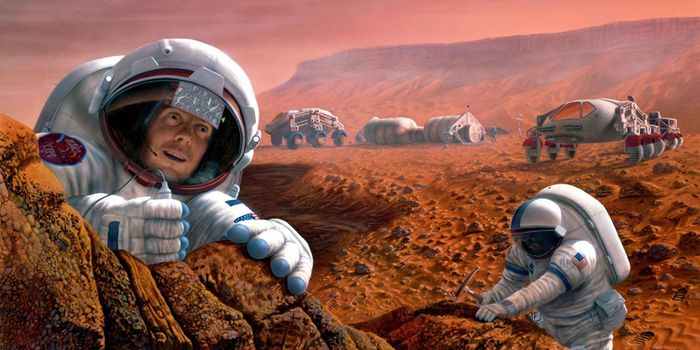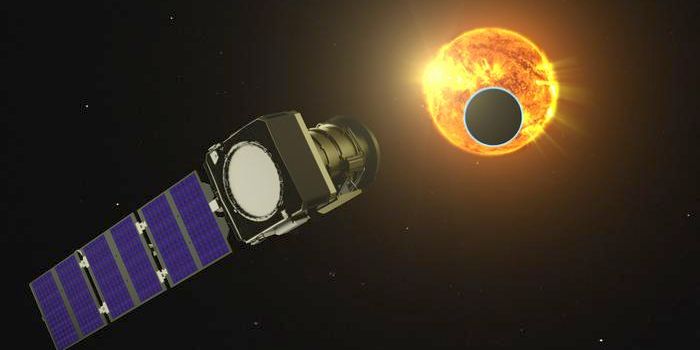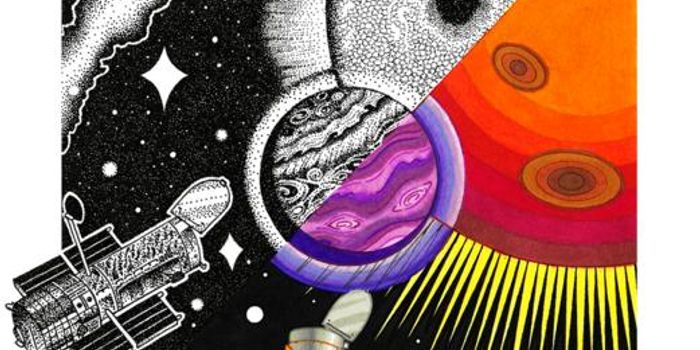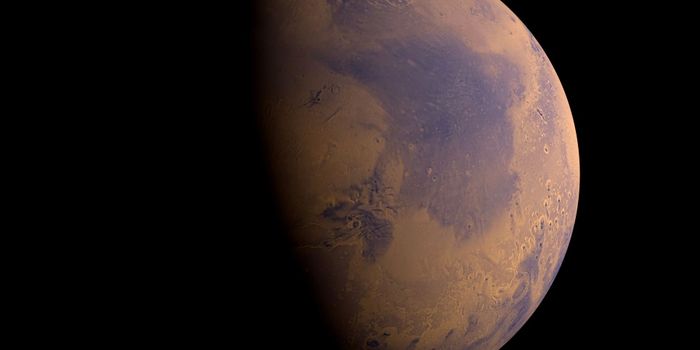What Exactly Are Star Clusters?
When you think of stellar systems, you might be inclined to think of a system like our own with just one star, or perhaps a binary system with two stars, or a trinary system with three. But it’s not uncommon for there to be more than that – sometimes hundreds or thousands of stars in one relatively small region of space (at least in astronomical terms).
When there are countless stars in a tiny region of space, astronomers call this a star cluster. There are two primary types of star clusters, including the open variety, which appear loosely bound and frankly chaotic, whereas the globular variety are exactly what they sound like – a tight formation of stars that look like a glob in space.
Star clusters all form from the same types of material that created our solar system, but thanks to the sheer amount of it present at the time of star formation, many stars are able to exist. These stars don’t follow a traditional orbital plane like the planets in our solar system do, but instead orbit chaotically around an undefined center of mass.
It’s worth noting that these stars are always interacting with one another gravitationally, exchanging energy with one another with each sweeping pass. As they do this, lower-mass stars can eventually accrue enough energy to be ‘flicked’ out of the star cluster while moving along its orbital plane, and some astronomers believe this is how some stars find their way into interstellar space. This process is continuous, and it’s one reason why star clusters don’t last forever.
Between the two types of clusters known to exist, globular star clusters are among the oldest and brightest, containing hundreds of times more stars than their open cluster counterparts. Due to their age, astronomers find a lot of neutron stars and black holes in them, which makes them a particularly interesting point for observations.








